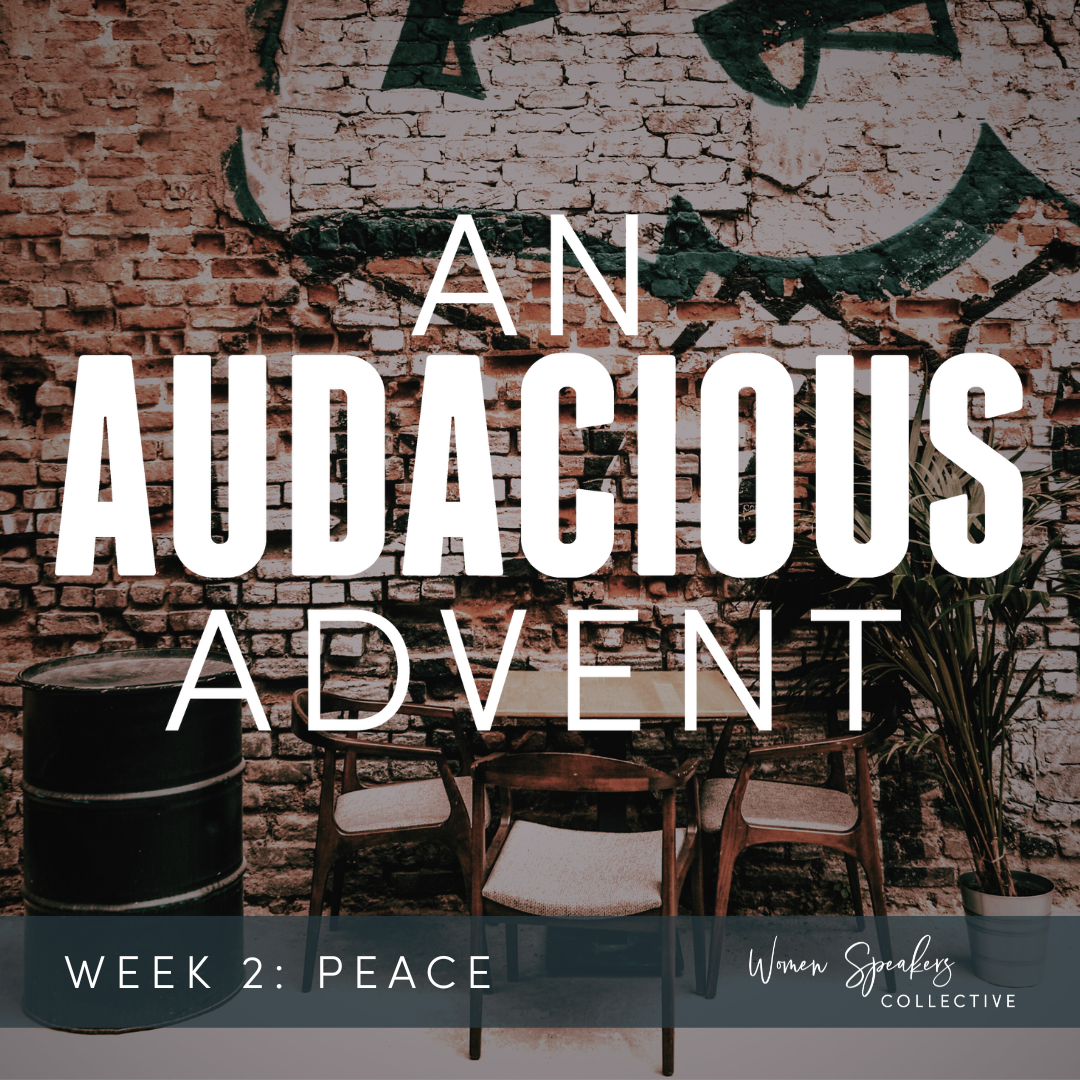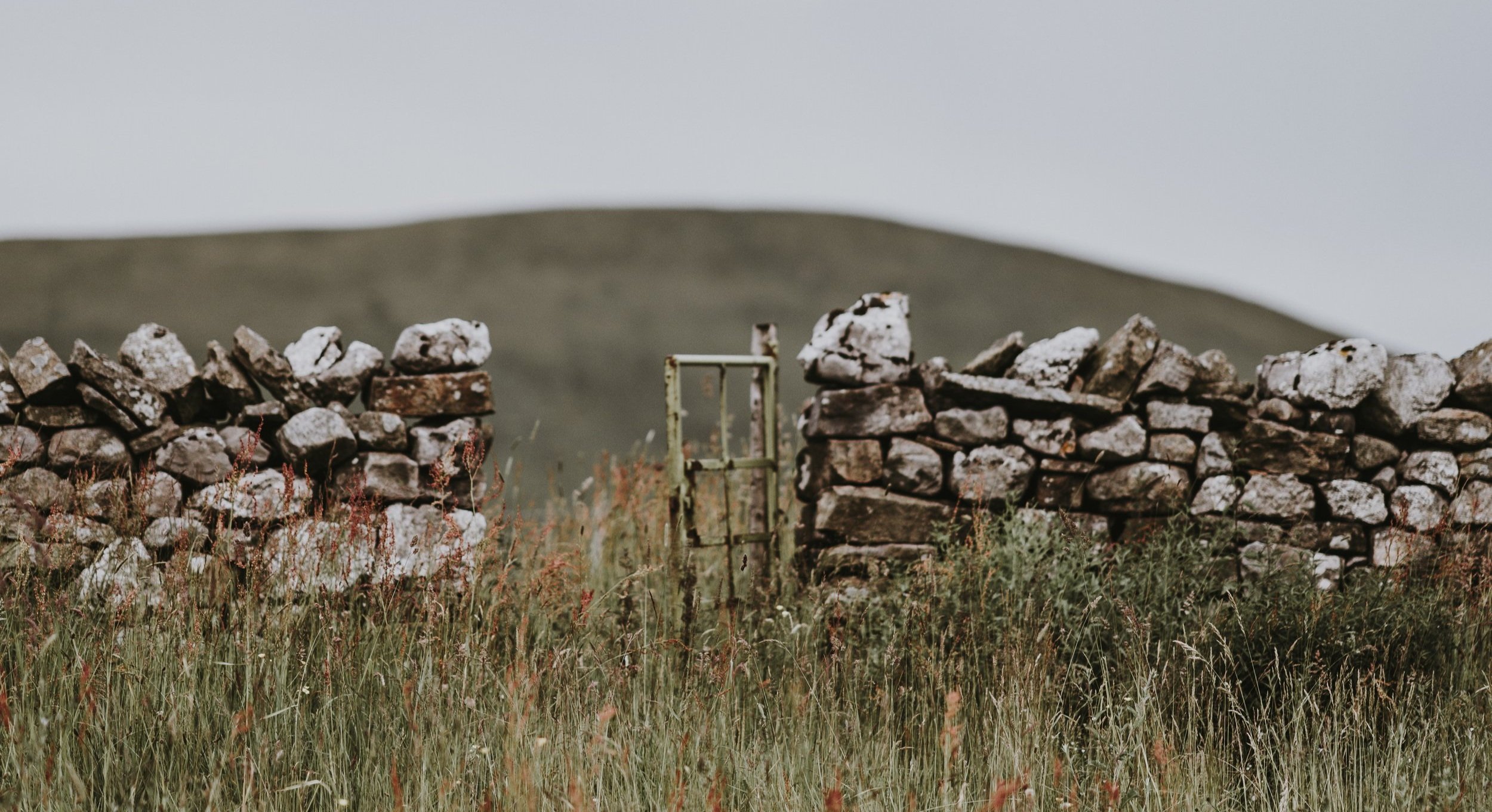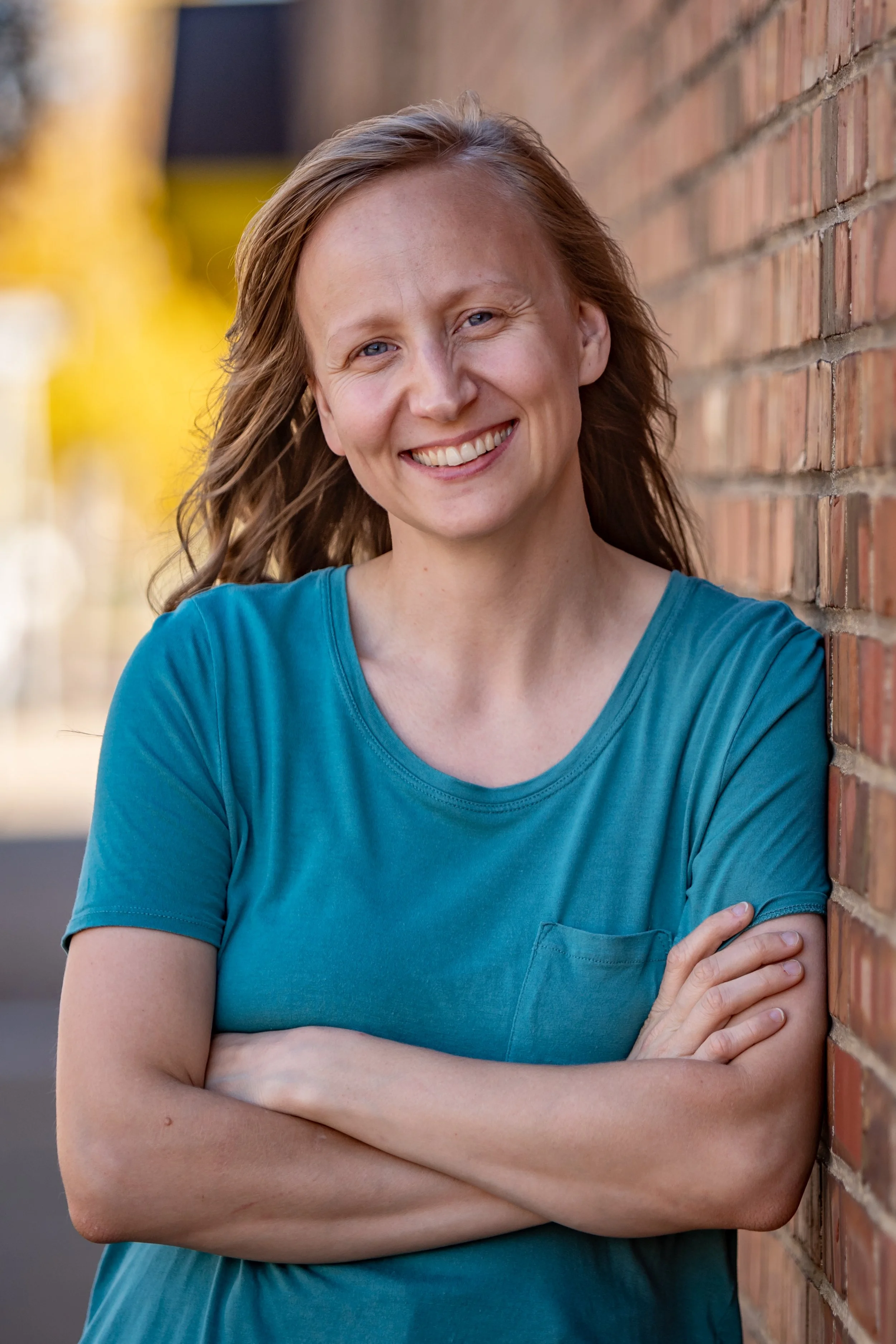Reimagining Peace: From Iconic Symbol to Inexpressible Shalom
WRITTEN BY: TALASI GUERRA
In 1941, the world was changed forever when a former Belgian Minister of Justice suggested in a radio broadcast that Belgians use a gesture representing the letter V as a sign, a rallying emblem for victory and freedom during the second world war. In doing so, the occupier would see the sign, infinitely repeated around the country, and understand that he is surrounded by an immense crowd of citizens eagerly awaiting his moment of weakness and watching for his failure.
And this caught on.
Within months, the emblematic use of this gesture had spread throughout occupied Europe. Years laters, during the Vietnam war in the 1960s, the gesture was adopted by anti-war activists and protestors and continued to spread and grow in popularity.
Around this time, hippies began to flash the sign while uttering the single word, “Peace.”
And through association, it became popularly known as we know it today as the “peace sign”—a physical hand posture to represent and symbolize the global concept of peace.
Shalom: A Blueprint for Jesus’ Audacious Mission
As we approach the second week of Advent, contemplating the virtue of peace, it's impossible to ignore the chaos enveloping our world. Conflict echoes in our global landscape, political systems, churches, homes, and even within our own hearts. It's in this tumultuous context that we must reimagine peace and move beyond mere symbols.
The peace sign, once a call for freedom, has become a common greeting, a parting gesture, or a picture-perfect pose. Yet, it seems we've lost touch with its true significance. In the midst of societal discord, how do we move beyond lip service to embody a posture of peacemaking in this broken world?
In Matthew 5:9, Jesus declares, "Blessed are the peacemakers, for they will be called children of God."
In Jesus’ day, his audience probably felt much like we do today—surrounded by chaos and devoid of personal peace. When Jesus showed up on the scene, the cultural and national identity of the Jews living in first century Palestine was riddled with conflict and war.
After centuries of oppression and imperialization at the hands of multiple tyrannical empires, God’s people were living in a season of destitution and groaning. Owned and occupied by Rome, they were heavily taxed, persecuted by the Romans, subject to extreme poverty, and stricken with leprosy.
For those living in such conditions, Jesus' call to peacemaking might have seemed like an impossible ideal. However, the Hebrew concept of peace (shalom) offers a much more robust understanding than what we know in English.
You see, shalom is not just about the absence of conflict; it signifies a state of wholeness or completeness. The Bible Project teaches that the word ‘shalom’ can refer to a stone that has a perfect, whole shape with no cracks. Or it can refer to a completed stone wall that doesn’t have any gaps or missing bricks. It’s a picture of something rather complex, where all the parts are working in alignment with one another.
So while the first century Jews, like many of us, may not have felt like the experience of shalom characterized their daily lives, they would have understood that to take a posture of peacemaking would be to approach people, and situations, and the world around them with a mission to restore wholeness to broken places.
Jesus’ entire life and mission was literally about this and nothing else:
To restore shalom.
To bring creation back into completeness and community with the creator.
To initiate healing and wholeness where once there was nothing but brokenness.
Posture, Not Performance
There’s a reason that Isaiah referred to the coming Messiah as the “Prince of Peace,” and it’s not because Jesus would come to act a certain way, or do certain things, or check off certain boxes on his ‘peacemaking agenda’. But because he would embody peace. He would be peace.
Because peacemaking isn’t about performance. It’s about posture.
Jesus' shalom flowed from his heart posture—a constant alignment with the Father that kept their communion unbroken. His heart, free from the fractures of sin, allowed him to embody true shalom. Sin is a disruptor, creating gaps in our relationship with God, akin to a crumbling stone wall.
This is why the concept of ‘Tikkun Olam’ (learn more in “Going to the Margins”) takes on such significance as our charge to mend these fractures, acting as agents of change and peace. Our journey isn't about perfect performance; it's about adopting a heart posture that, like Jesus, seeks unbroken communion with the Father. And the product of that posture—what comes out of our lives when we are characterized by a posture of peacemaking—is a constant commitment to bring wholeness into broken places.
But to fulfill this call, we must first be willing to come into close proximity with brokenness. Jesus exemplified this principle throughout his life. He came as a helpless baby, born into a political system that wanted to kill him. He was raised in an imperialized nation, under the oppression of the army that would one day crucify him. And he died at the hands of the same religious leaders who claimed pious devotion to his Heavenly Father, but outwardly hated him.
Jesus put himself directly in the path of conflict, enduring the full weight and pain of sin and suffering, in order to move through the conflict, all the way to the other side where true shalom was waiting for him and for us.
To move from awareness to active advocacy, we must understand that peacemaking involves getting our hands dirty in justice and mission. It's about actively engaging with the brokenness around us, just as Jesus did. The call to peacemaking demands more than mere hand postures and symbols; it requires a heart posture of shalom.
Rooted in Prayer, Rendered in Love
In Matthew 5:43-45, Jesus challenges us to love our enemies and pray for those who persecute us, once again describing those who do so as “children of God.” Peacemaking, then, is not a badge earned through works but a recognition of belonging to God's shalom family. As children of God, we bear the resemblance of our Father and share in his mission to bring wholeness into broken places. In this family, we aren't servants, hired hands, or illegitimate children, but heirs. Daughters and sons, actively contributing to bringing his kingdom on earth, as it is in heaven.
And to love our enemies and pray for those who persecute us is the work of peacemaking. It's a practical framework for what this posture can look like in our daily lives; because the posture of peacemaking is rooted in prayer and rendered in love.
To pray for our enemies, or those we find ourselves in conflict with, brings our hearts into alignment with God's. It's like doing exercises to strengthen our spiritual muscles and improve our posture. Starting with prayer, we seek God's love, asking for a renewed perspective on the conflict around us. We invite the Holy Spirit to guide our next steps and show us what it would look like to bring wholeness into the broken places in our lives and world.
Then, as our hearts soften through prayer, we progress to actively loving (more on this coming in the final week of ‘An Audacious Advent’). This progression is crucial; it moves us from awareness to active advocacy. Prayer precedes action, guiding us to embody God's love in order to impact specific brokenness. It's a journey of restoration—restoring Shalom—where God, in his wisdom, directs our steps as we partner with him in his mission to bring wholeness into broken places.
The posture of peacemaking is rooted in prayer and rendered in love.
Blessed are the Peacemakers
In the audacious spirit of Advent, may our lives be a testament to the reality of shalom—a holistic and transformative peace that not only transcends, but also restores brokenness. May it challenge us to be audacious in our embodiment of peacemaking.
As a rallying emblem for an entire nation, the peace sign began as a symbol of collective hope and determination in the face of unthinkable oppression. It conveyed a powerful message to the enemy that the people, united in their quest for liberation, would not be silenced or snuffed out.
In the brokenness of our weary world, we as believers are called to link arms and collectively embody a posture of peacemaking. We must stand together in solidarity against evil, injustice, and hate, echoing the resolute spirit of those who once rallied around the peace sign. In doing so, we offer a shared declaration, a unified voice saying 'No More' to the forces that seek to divide and destroy.
Let's move beyond awareness to active advocacy, echoing Jesus' example of engaging with conflict. Let’s embrace a posture of listening and learning, put ourselves in proximity to brokenness, and actively engage in the work of restoring the world around us.
In doing so, the posture of peacemaking is rendered in us; and we become peacemakers who are called children of God.
This is where true blessing is found.
This is shalom.
About the Author
Talasi Guerra is a Christian communicator who is passionate about infusing her everyday life with Jesus and empowering others to do the same. Author of Joy Like a Mountain and The 7-Day Joy Challenge, she lives to communicate biblical principles in relevant ways that inspire, challenge, and awaken others to live out their God-given purpose.
In addition to writing, preaching, and speaking, Talasi is a regular Teaching Guest on the 700 Club Canada and the Development Lead and Communications Strategist for the Women Speakers Collective. Connect with Talasi on instagram: @talasiguerra.
Will You Journey With Us?
Welcome to An Audacious Advent, an 8-week series from Women Speakers Collective.
Each week, we’ll share relevant blog posts, practical social media content, thoughtful reflection questions, practical invitations, and meaningful prayer guides to help you approach this Advent season through a lens of justice and mission.
Join us as we explore the true spirit of Advent, moving from formalities to sweat equity and from conventional comforts to reimagined hope, joy, love, and peace.
Subscribe to our email list and turn on Instagram notifications to follow along.







